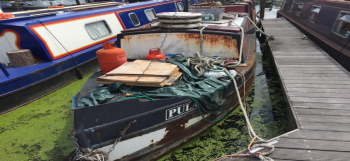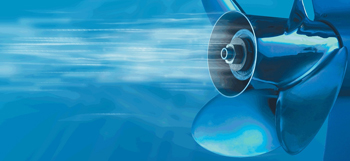Hull Potential and Boats



HULL POTENTIALS EXPLAINED.
A metal hull in water will inevitably have the potential to become corroded. Add a little stray direct current (DC) and this can become devastating.
Careful owners will take the necessary precaution of employing some cathodic protection by attaching Sacrificial Anodes, usually Aluminium, Magnesium orZinc. Others will simply protect the hulls with underwater coatings of some description. Larger vessels tend to apply Impressed Current systems (ICCP) where a DC current is applied in a controlled fashion to protect the structure.
We will discuss the principles involved in Galvanic and Electrolytic corrosion in separate articles but needless to say no boat owner wants to take their boat out of the water if they don’t need to and all boat owners would like to know if their hull is not being protected by the measures they have taken.
The good news is that the condition of the hull in terms of the state of oxidation (Corrosion) is measurable. All you need to do is connect a Boat Meter to the boat hull (terminal 1) and to an EDT directION reference electrode (terminal 2) and read the potential in mV. This reading is the potential difference between these two electrodes. (You can consider the hull to be the sensor electrode in this instance).
For an Aluminium hull with good protection the potential difference will be between -900 to -1050 mV. Here the sacrificial anodes are doing their job. As corrosion occurs the values will drift towards -700 which indicates that the hull is being sacrificed. If the value is over -1100 then the boat is probably over protected. Sometimes the results can be less negative if other metal components under the water line are connected
Over protection sounds like a good thing but unfortunately it is not. Over protection can cause degradation of underwater coatings, could weaken other associated metals and harm wood fibres in wooden hulls. One outward sign of over protection is the increased concentration of limpets and barnacles.
So, measuring the Hull potential will enable the owner to optimise the protection of their vessel and minimise the time and cost of maintenance.
Note the protection of other boat parts including keels, shafts, props and sterndrives are governed by the same principles as for hulls.
